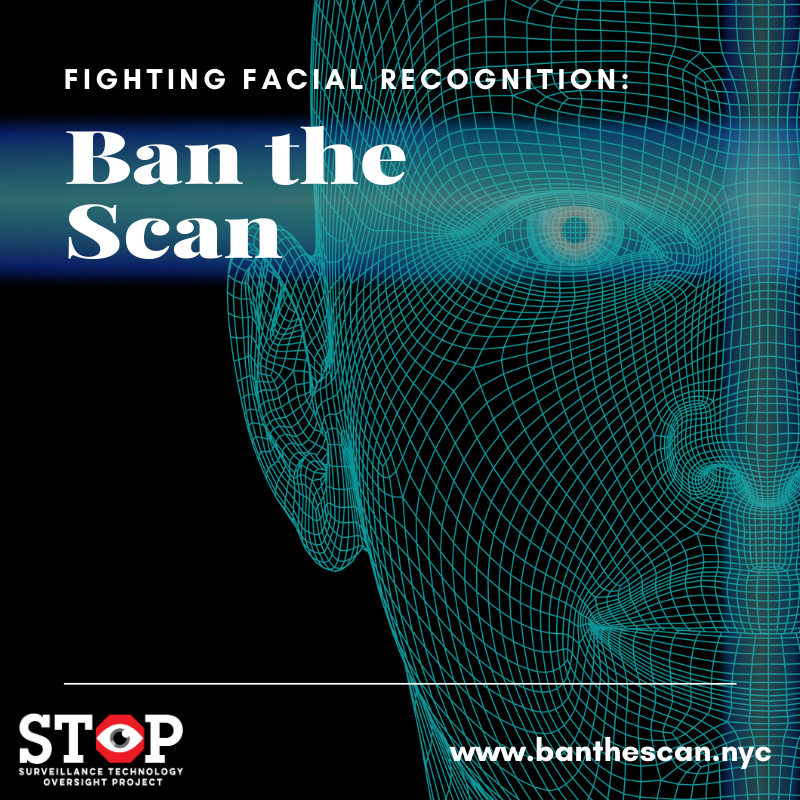In a groundbreaking bipartisan effort, Senators Chris Coons, Marsha Blackburn, Amy Klobuchar, and Thom Tillis have introduced the No Fakes Act, a federal legislation designed to safeguard actors, musicians, and performers from the unauthorized use of AI replicas of their faces or voices. This comprehensive legislation seeks to establish standardized rules, bridging the current disparity among state likeness laws and providing performers with essential protections against digital replicas.
No Fakes Act and an overview of federal protection against unauthorized AI replicas
The No Fakes Act, formally known as the Nurture Originals, Foster Art, and Keep Entertainment Safe Act of 2023, presents a pioneering federal response to the rising concern of unauthorized AI replicas of performers. Sponsored by bipartisan senators, this legislative effort aims to create a uniform set of rules governing the use of individuals’ faces, names, and voices, offering a cohesive framework for performers’ protection on a national scale.
The legislation takes a decisive stance on the production of digital replicas, requiring consent from the applicable individual or rights holder. But, exceptions exist for specific contexts such as news, public affairs, sports broadcasts, documentaries, biographical works, parodies, satire, criticism, and certain commercial activities related to news, documentaries, or parodies. Notably, the bill establishes a framework that applies throughout an individual’s lifetime and extends 70 years after their death.
Under the proposed rules, individuals and entities, including a deceased person’s estate or a record label, can initiate civil actions based on violations. Importantly, the bill explicitly dismisses a disclaimer stating the digital replica’s unauthorized nature as an effective defense, ensuring accountability for unauthorized usage.
Perspectives on the No Fakes Act
The No Fakes Act serves as a significant step in federalizing likeness laws, providing a cohesive legal foundation that transcends state boundaries. Likeness laws, which currently vary from state to state, find alignment under this legislation, ensuring a standardized approach to performers’ right to publicity.
Various factions within the industry have voiced a myriad of perspectives surrounding the No Fakes Act. The Recording Industry Association of America (RIAA) extols the virtues of the bill, underscoring its pivotal role in fortifying defenses against the perils posed by AI-generated infringements. Within their narrative, the bill assumes the mantle of a stalwart guardian, safeguarding the sanctity of creative realms against the encroaching forces of artificial intelligence.
Contrastingly, the Human Artistry Campaign perceives the No Fakes Act as an indispensable bulwark against the clandestine utilization of artists’ identities. Within their perspective, this legislative proposition transforms into a crucial measure, a veritable bastion erected to stave off the unauthorized appropriation of artists’ names and likenesses.
Legal luminaries, epitomized by figures such as Jeremy Elman, issue a note of caution. Their apprehension centers on the prospect that the proposed bill might lack the robustness to furnish additional layers of protection beyond the confines already delineated by existing copyright or right of publicity laws. This cautionary stance raises the specter of potential legal intricacies looming on the horizon.
In the evolving landscape of AI replicas, the No Fakes Act emerges as a pivotal legislative endeavor, sparking debates on the intersection of technology, creativity, and legal frameworks. As lawmakers navigate the delicate balance between innovation and protection, the No Fakes Act stands as a potential milestone in addressing the challenges posed by AI-generated replicas in the realm of entertainment and performance arts.





